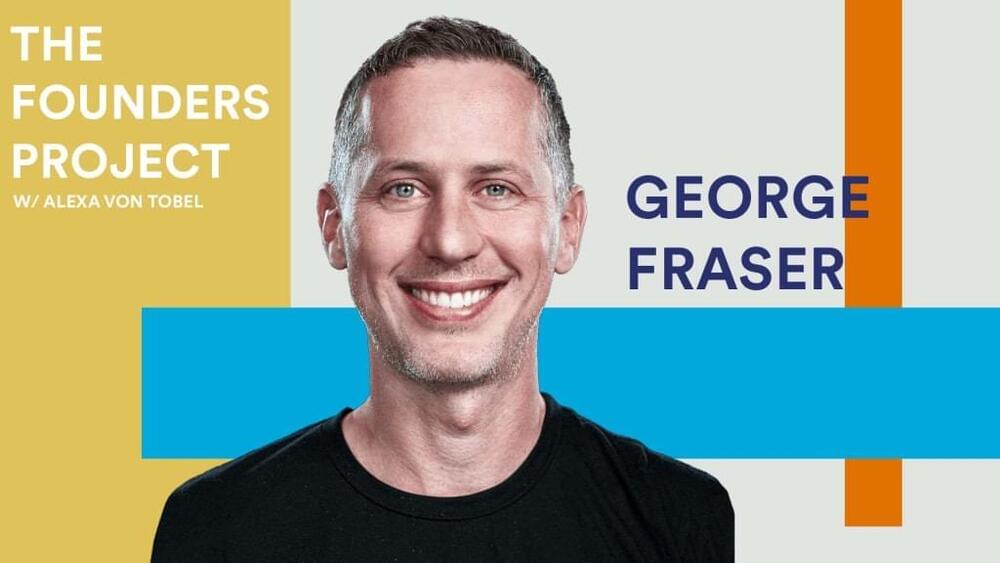Elon Musk’s company Neuralink wants to put a computer chip in everyone’s brain. But the new tech comes with big risk.


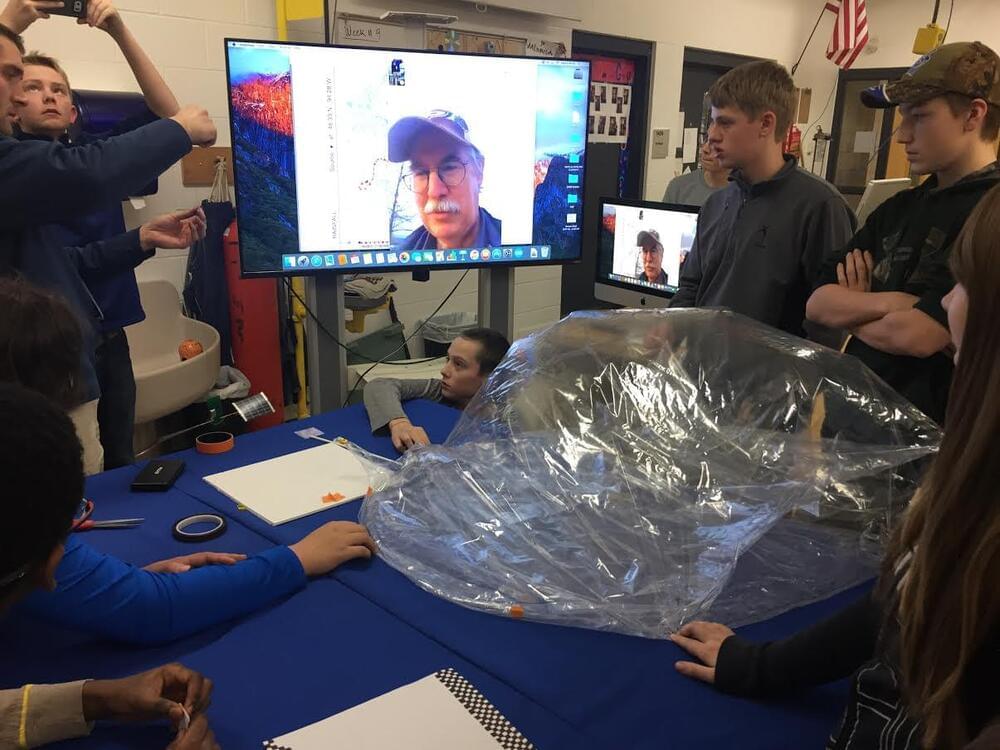
A small, globe-trotting balloon declared “missing in action” by an Illinois-based hobbyist club on Feb. 15 has emerged as a candidate to explain one of the three mystery objects shot down by four heat-seeking missiles launched by U.S. Air Force fighters since Feb. 10.
The club—the Northern Illinois Bottlecap Balloon Brigade (NIBBB)—is not pointing fingers yet.
But the circumstantial evidence is at least intriguing. The club’s silver-coated, party-style, “pico balloon” reported its last position on Feb. 10 at 38,910 ft. off the west coast of Alaska, and a popular forecasting tool—the HYSPLIT model provided by the National Oceanic and Atmospheric Administration (NOAA)—projected the cylindrically shaped object would be floating high over the central part of the Yukon Territory on Feb. 11. That is the same day a Lockheed Martin F-22 shot down an unidentified object of a similar description and altitude in the same general area.

A message from Mars Society Executive Director James Burk:
I am pleased to announce our partnership with Million on Mars.
Million on Mars is a game where you can explore creating and growing your own settlement on Mars. It is set in the 2070s, and the Ad Astra Unlimited corporation led by fictional character “Lane Dusk” has solved transportation, but the challenge is now on you – the brave settler of Mars – will you go hard on Solar or perhaps Thorium Salt Reactors? Become an agricultural maven, or go hard on mining and smelting? Or perhaps go deep into the Aerospace profession and continue settling the solar system?

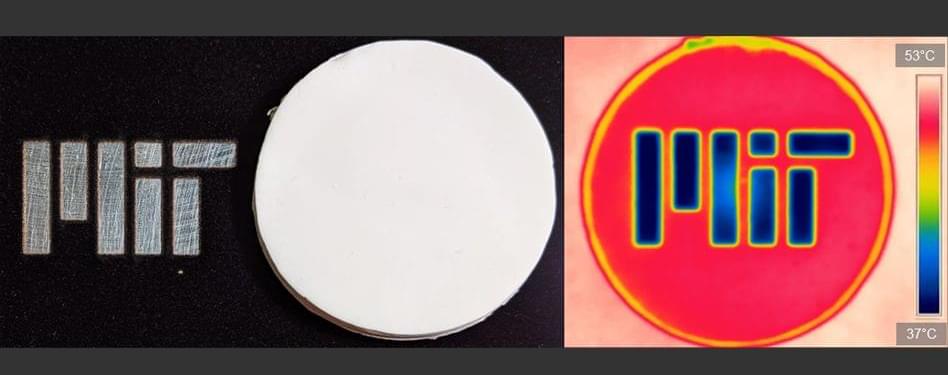
The new system is described today in a paper in the journal Science Advances, by MIT graduate student Arny Leroy, professor of mechanical engineering and department head Evelyn Wang, and seven others at MIT and at the Pontifical Catholic University of Chile.
Such a system could be used, for example, as a way to keep vegetables and fruit from spoiling, potentially doubling the time the produce could remain fresh, in remote places where reliable power for refrigeration is not available, Leroy explains.
2022 story:
https://news.mit.edu/2022/passive-cooling-off-grid-0920
Imagine a device that can sit outside under blazing sunlight on a clear day, and without using any power cool things down by more than 23 degrees Fahrenheit (13 degrees Celsius). It almost sounds like magic, but a new system designed by researchers at MIT and in Chile can do exactly that.
The device, which has no moving parts, works by a process called radiative cooling. It blocks incoming sunlight to keep from heating it up, and at the same time efficiently radiates infrared light — which is essentially heat — that passes straight out into the sky and into space, cooling the device significantly below the ambient air temperature.
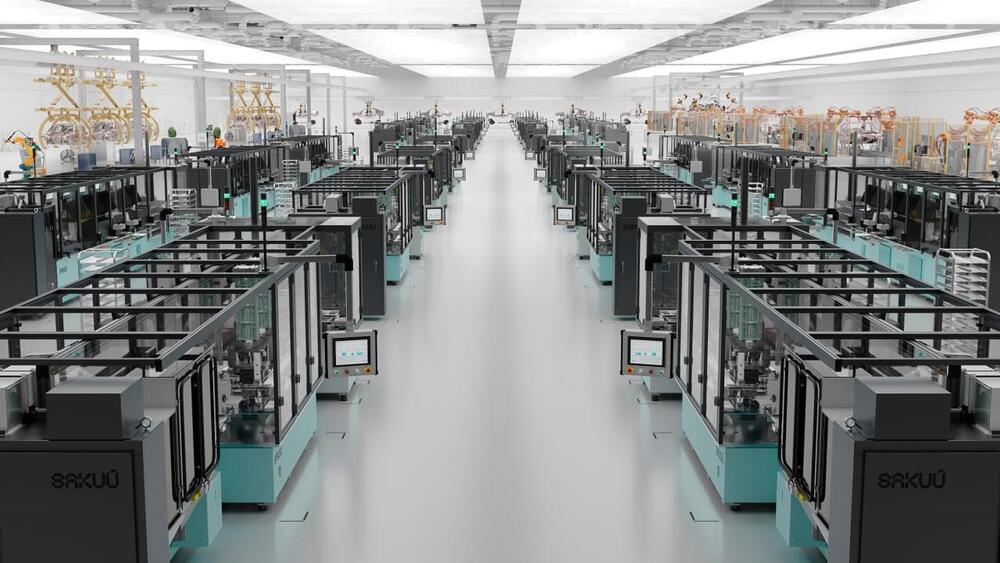
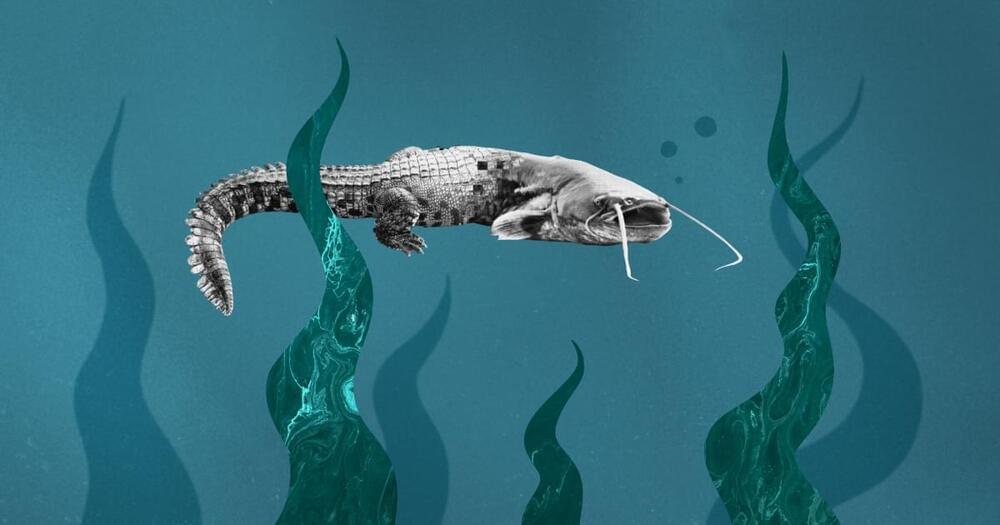

SAN FRANCISCO, Feb 16 (Reuters) — OpenAI, the startup behind ChatGPT, on Thursday said it is developing an upgrade to its viral chatbot that users can customize, as it works to address concerns about bias in artificial intelligence.
The San Francisco-based startup, which Microsoft Corp (MSFT.O) has funded and used to power its latest technology, said it has worked to mitigate political and other biases but also wanted to accommodate more diverse views.
“This will mean allowing system outputs that other people (ourselves included) may strongly disagree with,” it said in a blog post, offering customization as a way forward. Still, there will “always be some bounds on system behavior.”
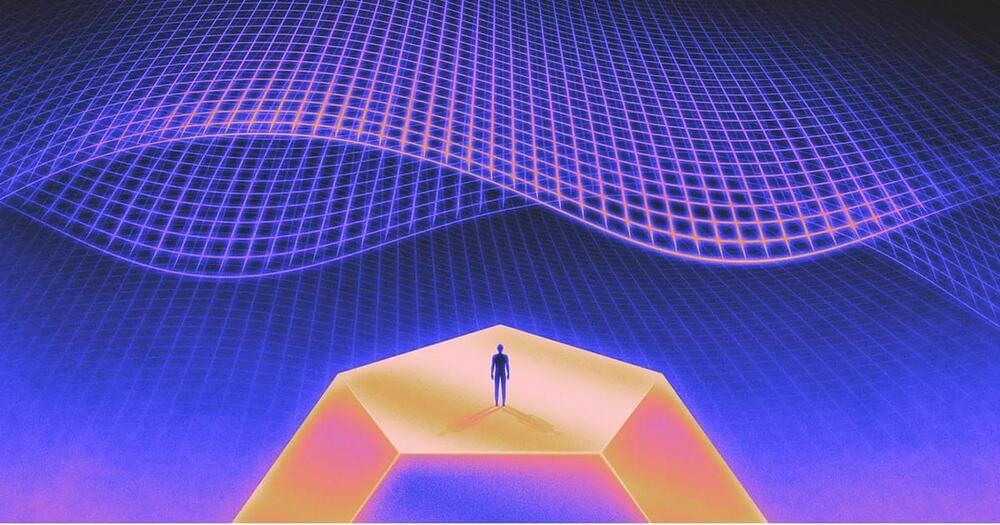
The “rank” of a graph is the number of loops it has; for each rank of graphs, there exists a moduli space. The size of this space grows quickly — if you fix the lengths of the graph’s edges, there are three graphs of rank 2, 15 of rank 3,111 of rank 4, and 2,314,204,852 of rank 10. On the moduli space, these lengths can vary, introducing even more complexity.
The shape of the moduli space for graphs of a given rank is determined by relationships between the graphs. As you walk around the space, nearby graphs should be similar, and should morph smoothly into one another. But these relationships are complicated, leaving the moduli space with mathematically unsettling features, such as regions where three walls of the moduli space pass through one another.
Mathematicians can study the structure of a space or shape using objects called cohomology classes, which can help reveal how a space is put together. For instance, consider one of mathematicians’ favorite shapes, the doughnut. On the doughnut, cohomology classes are simply loops.
